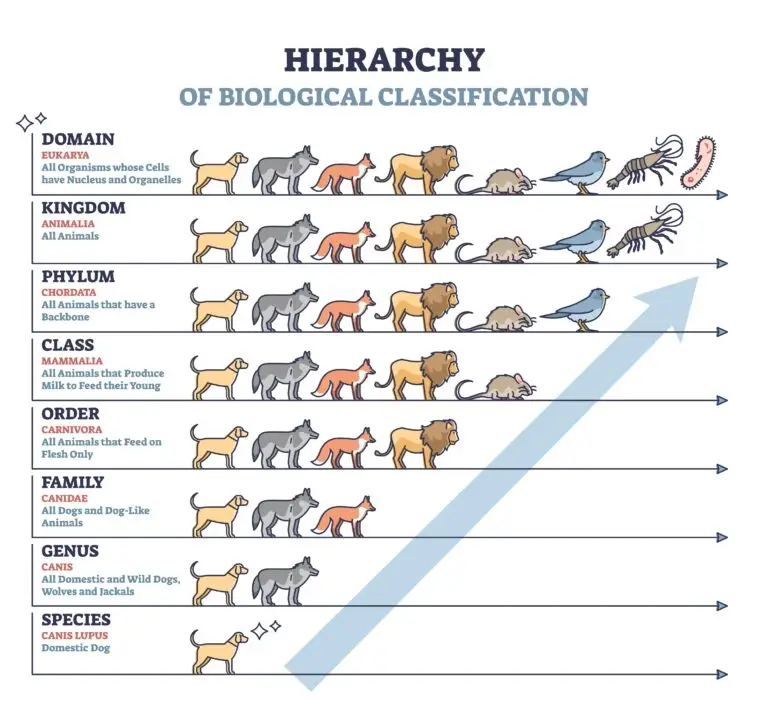Genus

Table of Contents
What is a Genus?
A genus is a taxonomic rank used in the hierarchical classification of living organisms. It is one level above species and below family in the hierarchy. The genus is a fundamental unit of biological classification that groups together species with similar characteristics and evolutionary relationships.
Genus Classification Overview
Taxonomic Rank
Genus is a taxonomic rank that is part of the system used to organize and classify living organisms based on shared characteristics and evolutionary relationships.
Hierarchical Structure
The hierarchical classification system includes several ranks, and the sequence from broader to more specific categories is as follows: domain, kingdom, phylum, class, order, family, genus, and species.
Binomial Nomenclature
The scientific names of organisms use a binomial nomenclature system, where each species is assigned a unique two-part name. The first part is the genus name (capitalized), and the second part is the species name (lowercase). For example, Homo sapiens, where Homo is the genus and sapiens is the species.
Type Species
Each genus has a designated type species, which serves as a reference point for the characteristics and traits used to define the genus. The type species is the species on which the description of the genus is based.
Example
In the case of humans, the genus is Homo, and our species is Homo sapiens. Other species within the genus Homo, such as Homo neanderthalensis (Neanderthals), are considered closely related.
Related Links
Classification
Kingdom
Biome
Taxonomy